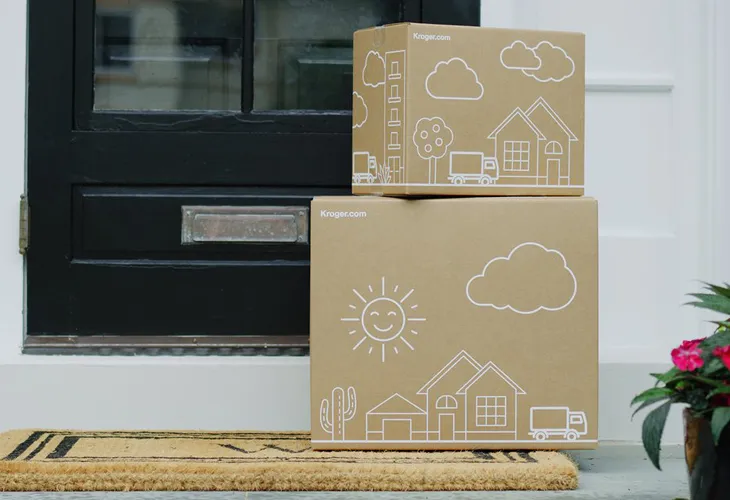The past month has seen retailers from Amazon.com to Target Corp. to Kroger Co. launch new online grocery shopping initiatives.Which raises the question: Do consumers really want to shop for their food in this way?
A recent Gallup poll suggests that they do not.
 Gallup’s latest Consumption Habits poll found that 81% of U.S. adults say they shop for groceries in person at a store at least once a week. Only 4% order groceries online that often, and another 11% say they do so less frequently. Eighty-four percent say they never do.
Gallup’s latest Consumption Habits poll found that 81% of U.S. adults say they shop for groceries in person at a store at least once a week. Only 4% order groceries online that often, and another 11% say they do so less frequently. Eighty-four percent say they never do.
The poll, conducted from July 1 to July 11, was the first time Gallup asked consumers about their use of meal kits, takeout food and dining out in this format. (Meal kits are considerably less popular than online grocery ordering, with less than 1% of U.S. adults saying they order one once a week or more.) Gallup said it asked consumers about online shopping last year, though, and the results were about the same.
Some of Gallup’s findings are not surprising. The poll found, for instance, that people who are short on time — parents of young children and adults who work— are more likely to order groceries online, as are people with household incomes of $75,000 or more.
Overall, though, Gallup concludes that Americans remain traditionalists when it comes to food, preferring to buy their groceries the old-fashioned way by going to the store and picking it out for themselves.
But the poll’s results also point to why food retailers are smart to continue developing online shopping capabilities and striving to make them more reliable, convenient and affordable.
Because, while it may be true that many people prefer shopping in a store, where they can see that the perishables they buy are fresh and unblemished, it is also true that many consumers have been convinced to let others pick out and prepare their food when doing so is convenient and affordable.
According to Gallup, 45% of U.S. adults report eating out at a restaurant at least weekly, and 31% say they order takeout food that frequently. Given those numbers, and given the speed at which consumers are embracing e-commerce, it seems likely that ignoring people’s potential interest in online grocery shopping is the riskier bet for retailers.






